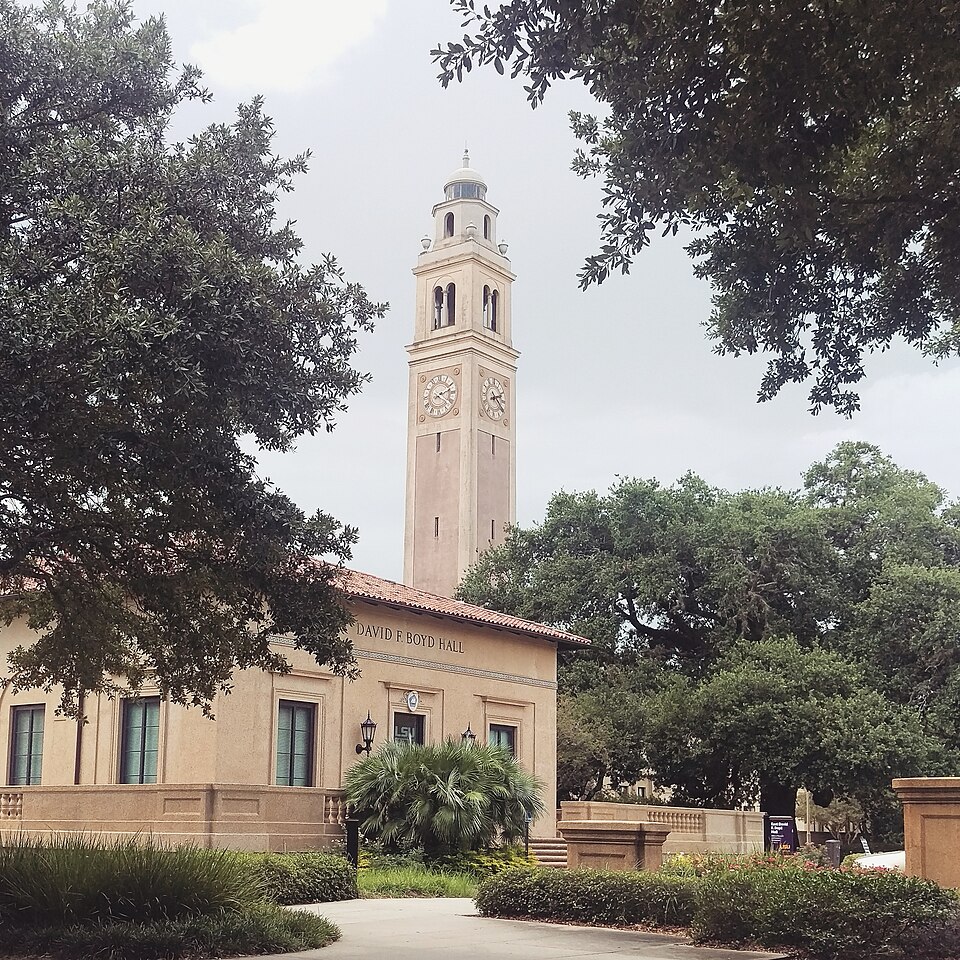From the Swiss Wirtschaftsring to Sardinia’s Sardex, dozens of networks have tested whether social trust plus careful accounting can stand in for scarce francs, pesos or pounds. Some systems survive for decades, others implode within months, but each episode leaves clues about what makes a mutual-credit commons resilient or fragile.
The Enduring Appeal of Mutual Credit Systems
- Mutual credit lets communities trade with credit created internally rather than cash.
- Success hinges on enforceable balance caps, transparent ledgers and swift sanctions.
- Switzerland’s WIR Bank shows counter-cyclical strength; Sardex shows trust-driven growth.
- Britain’s LETS and Argentina’s barter clubs reveal pitfalls of burnout and counterfeiting.
- The Credit Commons protocol aims to connect local networks on a federated global ledger.
Understanding Mutual Credit
A mutual-credit network treats every sale as two ledger entries: one member moves into positive balance, the other into negative, and the totals net to zero. Because no outside currency is required, liquidity expands the moment participants agree that balances represent future goods or labor. Design details, however, decide whether that promise holds. Scholars writing in the International Journal of Community Currency Research in 2001 distilled eight guardrails, highlighting balance caps, public ledgers and graduated sanctions as the non-negotiables.
Balance caps limit how far an account may dive below zero or soar above it, curbing both free-riding and hoarding. Transparent ledgers let every member verify who owes what, discouraging quiet defaults. Graduated sanctions start with a warning, move to temporary suspension and end with expulsion, giving administrators leverage without resorting immediately to bans that shrink the market.
Because credits are collective promises, math alone is not enough. Members must believe that peers will keep selling tomorrow, so networks that invest in onboarding, dispute resolution and shared purpose tend to outlast purely transactional experiments.
Nineteenth-Century Foundations
Proudhon’s 1848 pamphlet, preserved by the Mutualism Co-op, proposed a member-owned bank that would issue interest-free bills backed only by future production. The February Revolution had frozen ordinary credit, and artisans needed another way to pay suppliers. Although the plan collapsed amid political upheaval, it introduced two ideas that echo today: money can be a ledger rather than a commodity, and production, not capital, can secure that ledger.
Later mutualists from Belgium to the United States cited Proudhon to argue that decentralized credit could democratize trade. The blueprint itself—far more than the short-lived institution—kept the concept alive, showing that persuasion sometimes outlives infrastructure.
That early lesson still matters. Mutual credit spreads less through institutional continuity than through a story that makes intuitive sense when conventional banking fails everyday businesses.
A Swiss Test of Time: WIR Bank
When Zurich traders founded the Wirtschaftsring in 1934, Switzerland’s Depression-era economy faced tight francs and weak demand. Their cooperative, later branded WIR Bank, let small and medium enterprises settle invoices in WIR credits instead of cash, preserving trade links during liquidity droughts. By the late 2000s the network was clearing billions of francs’ worth of business each year.
Economist James P. Stodder analyzed decades of data and concluded that WIR spending is “negatively correlated with GDP in the short run,” meaning the credits expand just when the wider economy contracts Journal of Economic Behavior & Organization. Mandatory balance limits, a member-owned bank license and routine audits combine to keep freeloading low, allowing WIR to operate for more than 90 years—an outlier among complementary currencies.
WIR’s longevity underlines a core rule: counter-cyclical usefulness is only possible when governance is strong enough to prevent panic withdrawals once conventional money returns.
Community-Currency Waves and Crashes
The 1990s brought Local Exchange Trading Systems to hundreds of British towns. A national survey in Environment & Planning A reported rapid adoption yet found most users came from what author C.C. Williams called a “disenfranchised middle class” rather than the unemployed poor the schemes had hoped to reach.
As enthusiasm grew, administrative capacity did not. An ethnography of one North-East London LETS, archived on PhilArchive, observed volunteer burnout, thin marketplaces and fading record-keeping discipline. Without fresh participants or diverse goods, many groups simply withered.
Argentina offered a harsher lesson. After the 2001 peso crisis, a barter-credit network ballooned to three million members, circulating handmade vouchers in neighborhood fairs. Within a year, counterfeit notes accounted for about 90 percent of supply, according to IPS News, and prices collapsed almost overnight. Trust evaporated and the network imploded, showing how quickly paper credit disintegrates when verification lags.
Sardex and the Power of Trust
Launched in crisis-struck Sardinia in 2009, Sardex applied mutual credit to a tightly knit business community. Interviews published in the Italian Journal of Sociology note that founders spent months vetting early members and adjusting balance caps case by case, relying on personal knowledge rather than a fixed formula.
That labor-intensive onboarding paid off. By pairing software with high-touch relationship management, Sardex pushed annual turnover above €50 million within a decade while keeping defaults minimal. Scholars Laura Sartori and Paolo Dini write that “trust was and continues to be fundamentally important” to the system’s resilience.
Sardex’s arc suggests that, in smaller regions, robust social data can substitute for collateral. Yet it also warns that scaling beyond the founders’ social graph will demand new governance layers or automated risk scoring to maintain the same confidence.
Design Rules That Separate Resilient from Fragile
Comparing WIR, LETS, Sardex and the Argentine barter clubs points to three design levers that recur in every durable network. First, enforceable balance caps deter both over-spending and hoarding. Second, visible ledgers minimize the temptation to print unofficial credits. Third, credible sanctions—graduated but swift—signal that freeloading will cost access to the market.
Networks that neglected any one of these levers paid a price. British LETS often avoided public balances to protect privacy, only to discover that invisible overdrafts eroded goodwill. Argentina’s paper vouchers lacked a central registry, making forgery easy. In each collapse, enthusiasm for alternative money was abundant; governance discipline was not.
Surviving systems, by contrast, internalize collective-action theory. They treat credit limits and transparency not as optional trust enhancers but as the structural beams that hold the roof.
Economic and Social Roles
When banks retrench, mutual credit can act like a zero-interest bridge loan. WIR credits routinely cushioned Swiss small firms during recessions, while Argentine barter fairs briefly supplied groceries when cash lines stretched for blocks. In quieter times, local schemes thicken regional markets by nudging purchases toward fellow members, boosting what economists call the velocity of goodwill.
Yet the same features that anchor trust also limit scale. Balance caps restrain liquidity, and social verification becomes costly once membership rises into the tens of thousands. Regulatory grey zones add another ceiling: tax authorities may require parallel bookkeeping, and banks can view large mutual-credit balances as informal lending.
Even so, social value can persist beyond strict economics. Participation often revives dormant local ties, re-embedding trade in community norms rather than impersonal price signals.
Toward a Federated Future: The Credit Commons
A white paper first circulated in 2016 and updated in 2025 outlines the Credit Commons protocol: a shared ledger where local circles keep autonomy but clear inter-network trades through conversion rules. Architect Will Ruddick argues that linking thousands of small mutual-credit groups could create a moneyless, federated global marketplace.
The proposal borrows from internet design: small communities set their own policies but speak a common technical language when trading outside the village. Critics, however, question whether a global settlement layer will quietly re-centralize power by privileging whichever hub writes the code or sets dispute procedures.
Implementation remains experimental, yet pilot projects in Kenya, Greece and the United States indicate that cross-clearing is technically feasible. The governance puzzle—how to arbitrate defaults across borders—echoes that first challenge Proudhon faced in 1848: convincing strangers that a shared ledger can outperform trusted cash.
Why the Cycle Continues
From revolutionary Paris to a digital white paper set for 2025, mutual credit resurfaces whenever cash is scarce, interest costs bite or communities seek autonomy. Each revival layers new knowledge on old lessons: WIR proved counter-cyclical design works, Sardex added trust engineering and Argentina warned that paper without policing invites ruin.
The next test is whether federated ledgers can marry local accountability with global reach. If they succeed, mutual credit might finally escape its boom-and-bust loop. If not, history suggests the idea will hibernate until the next liquidity drought invites another generation to reopen the collective ledger.
Sources
- Proudhon, Pierre-Joseph. "Projet de Banque du Peuple." Mutualism Co-op, 1848.
- Stodder, James P. "Complementary Currency and the Swiss WIR Bank: A Multi-Agent Simulation Model." Journal of Economic Behavior & Organization, 2009.
- Williams, Colin C. "Local Exchange and Trading Systems: A New Source for the Integration of Disadvantaged Groups into the Global Economy?." Environment & Planning A, 1996.
- Bove, Arianna. "A LETS on the Loose: The Paradox of an Alternative Economic System." PhilArchive, 2017.
- International Journal of Community Currency Research. "Mutual Credit Systems and the Commons Problem." International Journal of Community Currency Research, 2001.
- Sartori, Laura & Dini, Paolo. "Sardex: An Economic Community Currency on the Way to Becoming a Regional Institution." Italian Journal of Sociology, 2016.
- Ravena, Rubén. "Argentina: The Rise and Fall of the Great Bartering Network." IPS News, 2002.
- Credit Commons Society. "Credit Commons White Paper." Credit Commons Society, 2025.




